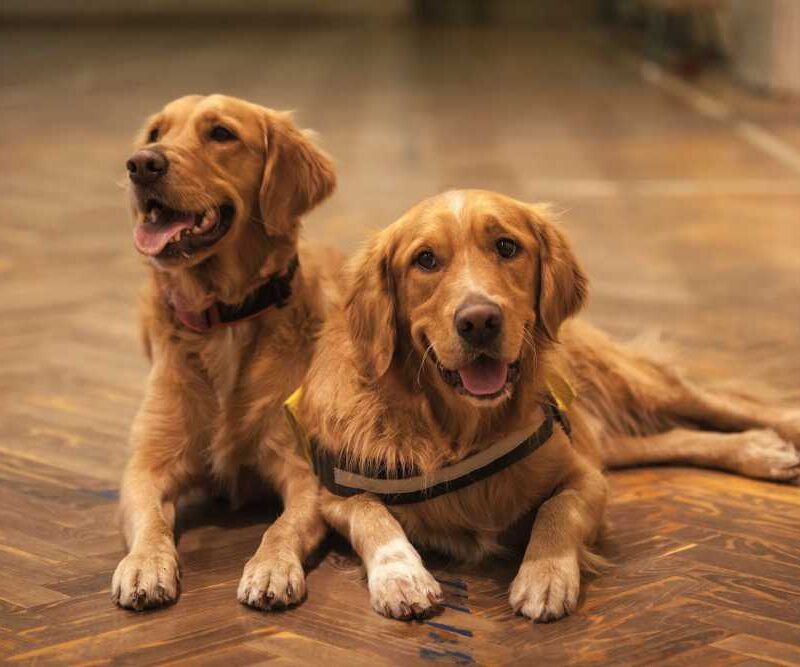Moving overseas is a big adventure, full of excitement and new experiences. But if you’re a pet owner, it’s not just about packing up your belongings; you also have to make sure your furry (or feathered, or scaly) family member is ready for the journey. The process can be daunting, but don’t worry! With the right preparation and some insider tips, you and your pet can make the move smoothly and safely.
Choosing an Expert Pet Moving Service
First and foremost, finding the right pet moving service is crucial. Think of it like finding a trustworthy babysitter for your kids—only this time, it’s for your pets. A professional service will handle everything from paperwork to the actual transportation, ensuring your pet’s journey is as stress-free as possible. Here’s what to look for:
- Experience – Make sure the service has a good track record, especially with international relocations. Pet Express is a prime example here!
- Certifications – Look for accreditation or membership in professional associations, which can be a sign of reliability.
- Customized Care – Some pets have specific needs, so a company that offers tailored services is ideal.
- Communication – Clear and consistent updates can provide peace of mind during the process.
Taking the time to research and select a reliable pet mover can make all the difference, turning a potentially stressful experience into a smooth transition.
Understanding Pet Import Regulations
Every country has its own set of rules and regulations when it comes to bringing in pets. These can include quarantine requirements, vaccinations, microchipping, and even restrictions on certain breeds. Before you make any concrete plans, research the specific requirements of your destination country.
- Vaccinations – Make sure your pet’s vaccinations are up to date, and that you have proof in the form of a vaccination certificate.
- Microchipping – Some countries require pets to be microchipped as part of their entry requirements.
- Quarantine – Understand the quarantine laws; some places require a stay in quarantine, while others may not.
- Breed Restrictions – Check if there are any breed-specific bans or restrictions that might affect your pet.
Getting this part right is crucial; otherwise, you could face delays, fines, or even the heartbreaking prospect of being separated from your pet.
Preparing Your Pet for Travel
Just like humans, pets need time to adjust to the idea of travel. Depending on your pet’s personality and health, the preparation process can vary. Here are some general tips to help your pet get ready:
Get Them Used to Their Carrier
Start acclimating your pet to their travel carrier well in advance. This helps reduce anxiety and makes the actual journey less stressful.
- Introduce Gradually – Start by leaving the carrier open in your home, allowing your pet to explore it on their own terms.
- Positive Reinforcement – Reward them with treats and praise when they enter the carrier.
- Practice Runs – Take short trips in the carrier to get your pet accustomed to being inside.
Visit the Vet
A pre-travel vet visit is a must. Your vet can provide:
- A health check to ensure your pet is fit to travel.
- Necessary vaccinations or treatments.
- Advice on managing travel anxiety or motion sickness.
Remember to also ask for a health certificate, which may be required for travel.
Pack a Pet Travel Kit
Just like you’d pack a bag of essentials for yourself, your pet needs a travel kit. Include:
- Food and Water – Enough to last the journey and a little extra just in case.
- Medications – Any regular medications your pet takes, plus some extras.
- Comfort Items – A favorite toy or blanket can help soothe your pet.
- Identification – Tags with your contact information and a photo of your pet.
Handling the Journey
On the day of the move, keeping calm and organized is key. Your pet will likely pick up on your emotions, so staying cool and collected can help them feel more at ease.
- Feeding – Don’t feed your pet a large meal right before travel. A light snack is better to avoid nausea.
- Exercise – If possible, give your pet some exercise to help them relax before the journey.
- Check-In – Arrive early at the airport or station to handle any last-minute paperwork and to give your pet time to acclimate to the new surroundings.
Settling In
Once you’ve arrived at your new home, the adventure begins! However, the transition might be a bit overwhelming for your pet. Here’s how to help them settle in:
Create a Safe Space
Set up a designated area with your pet’s bed, toys, and familiar items. This gives them a sense of security and familiarity.
Explore Gradually
Let your pet explore the new environment at their own pace. Start with one room and gradually introduce them to the rest of the house.
Stick to a Routine
Pets thrive on routine, so try to keep feeding, walking, and playtimes consistent. This helps your pet adjust and feel more at home.
Monitor Their Health
Keep an eye on your pet’s health during the transition period. Changes in behavior, appetite, or bathroom habits can be signs of stress or illness. If anything seems off, consult a vet.
Final Thoughts: Embracing the Adventure Together
Moving overseas with a pet might seem daunting, but with proper planning and a positive attitude, it can be a rewarding experience. Your pet is a part of your family, and ensuring their well-being during the move will make your new life abroad even more enjoyable.
Remember, preparation is key. By choosing a reliable pet moving service, understanding import regulations, and preparing your pet for travel, you’re setting the stage for a smooth transition. Once you arrive, help your pet acclimate by creating a safe, comfortable space and maintaining a routine.







